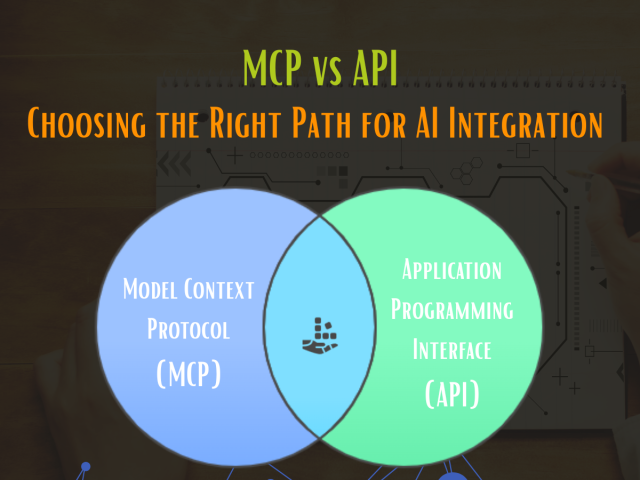Container based Deployments or Docker
As of today, there is a substantial drift in the business to move to containers for deploying software applications. The key benefits for this are the elasticity and truncated charge that containers offer. Container based deployments is favoured for Microservices as they are a perfect answer to erratic workloads, allowing finer-grained implementation settings and authorizing application isolation. They have quickly become the preferred approach for managing the build and release of complex applications. Prevalent container technologies for example, Docker allow developer speed by providing a strong setting carefully resembling production, which can be built quickly and in turn offering a lot of benefits.

- They offer speedy application deployment, as they minimize the runtime requests of the application, decreasing their magnitude and letting them to be deployed rapidly.
- They also offer portability across machines.
- Consecutive forms of a container can be tracked and differences can be inspected too.
- Also, with the help of a remote repository, the container can be shared with others.
- As the Docker images are very small, this enables quick delivery and decreases the time to deploy new application containers.
- Docker decreases work and threat of glitches with application needs.
With Docker, applications can be run and accomplished alongside.
Conclusion
To sum up, we can say that though container-based deployment offers a lot of benefits still, it is not the best for Microservices for every single deployment. Deployment depends on a lot of constraints. To get the best results, it is mandatory that the containers are selected carefully, as they are entirely based on one’s requirements. Shorter container commencement periods can help upsurge consumer consummation and mend the fiscal performance of profit-making applications.




